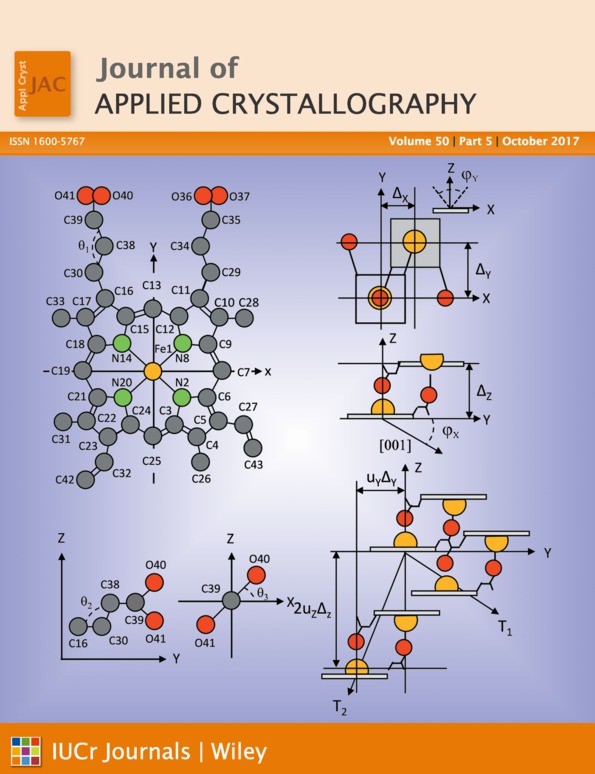Transformation cycle between the spherically symmetric correlation function, projected correlation function and differential cross section as implemented in SASfit
Abstract
Spin-echo-based small-angle neutron scattering techniques like spin-echo SANS (SESANS) or spin-echo modulated SANS (SEMSANS) as well as dark-field (DF) imaging are directly sensitive to  , which is the projection of the scattering length density autocorrelation function
, which is the projection of the scattering length density autocorrelation function  . Here, a simplified transformation cycle relating the spherically symmetric correlation function
. Here, a simplified transformation cycle relating the spherically symmetric correlation function  , the projected correlation function
, the projected correlation function  and the macroscopic small-angle scattering cross section dΣ/dΩ is introduced. The suggested changes to the cycle make it easier to include size distribution on an absolute scale if the data from the different techniques are fitted simultaneously. As up to now only very few analytical expressions for the projected correlation function are known, a numerical transformation of known scattering functions into the projected correlation function in the SASfit software package is supplied. Furthermore, a new analytical expression for the projected correlation function for polymers that can be described by the generalized Gaussian coil model is provided. For this polymer model, the Hankel transform used to calculate
and the macroscopic small-angle scattering cross section dΣ/dΩ is introduced. The suggested changes to the cycle make it easier to include size distribution on an absolute scale if the data from the different techniques are fitted simultaneously. As up to now only very few analytical expressions for the projected correlation function are known, a numerical transformation of known scattering functions into the projected correlation function in the SASfit software package is supplied. Furthermore, a new analytical expression for the projected correlation function for polymers that can be described by the generalized Gaussian coil model is provided. For this polymer model, the Hankel transform used to calculate  from the SANS signal is divergent for a certain parameter range describing a polymer in a good solvent and finite in the case of a poor solvent. It is therefore a suitable example of how the experimentally available q range can strongly influence the obtained results.
from the SANS signal is divergent for a certain parameter range describing a polymer in a good solvent and finite in the case of a poor solvent. It is therefore a suitable example of how the experimentally available q range can strongly influence the obtained results.




